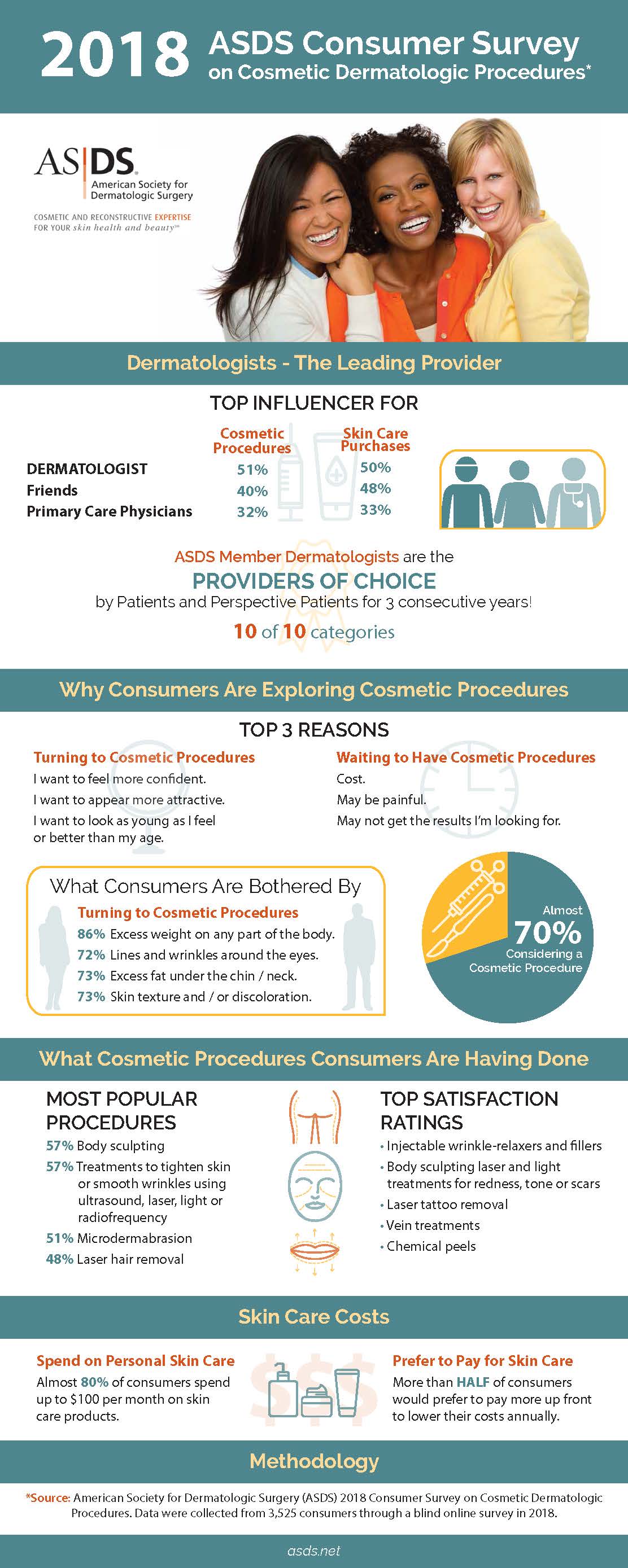AHAs are a vital component for unclogging pore obstructions and brightening acne-prone skin. They function by breaking down dead skin cell accumulation to promote newer, fresher cells, and stopping future obstructions.
Developing topical AHAs requires meticulous attention to numerous crucial elements that considerably influence their efficiency and tolerability. Keeping the ideal pH range, in addition to car selection and focus, enhances their exfoliative attributes while alleviating possible unfavorable responses.
Glycolic acid
Glycolic acid is understood for its light yet efficient scrubing residential properties, which promote skin's natural losing and loosen the "glue" that holds dead cells externally of the skin. This helps unclog pores and lessen the appearance of great lines and creases, as well as enhance total skin texture and tone.
Surprisingly, topical glycolic acid has actually also been shown to promote the manufacturing of collagen, which is critical in maintaining skin's firmness and elasticity. It is essential to keep in mind, nevertheless, that since glycolic acid can promote the skin's level of sensitivity to sunlight, it is important to put on sun block when using any kind of products containing this ingredient.
Skin specialists pay cautious attention to the formulation of items having AHAs in order to optimize their efficacy and tolerability. Formulating AHAs with the suitable car, along with pH and focus factors to consider, allows for optimal skin penetration while reducing potential damaging responses. This is specifically crucial for clients with sensitive skin, given that AHAs are understood to be mildly irritating.
Lactic acid
Lactic acid is located in numerous over-the-counter skin care items and some more powerful professional peels and treatments. It has the most affordable molecular weight of all the AHAs and is able to pass through deeper right into the skin, where it is a lot more reliable at unclogging pores and exfoliating.
Like glycolic acid, it likewise stimulates collagen synthesis, which assists reduce great lines and wrinkles and enhance skin texture. Furthermore, it has moisture-retention residential properties, which makes it preferable for drier skin types than various other AHAs.
The comprehensive body of professional data confirming the efficiency of topical AHAs supports their utility in a large range of dermatological ailments and visual concerns. These include complex skin rejuvenation treatments, depletion of great lines and creases, lightening of hyperpigmentation, therapeutic intervention for actinic keratosis, and acne management [2] Optimizing the formulation of AHAs by balancing pH, concentration, and lorry selection even more improves microneedling near me their restorative possibility. These mindful factors to consider enable dermatologists to provide secure and reliable treatments that supply premium medical results.
Mandelic acid
Mandelic acid, stemmed from almonds, is another member of the AHA household and is a preferred active ingredient in products that help treat acne. Its larger molecular size indicates it permeates the skin extra slowly and gently, which can reduce the potential for irritation. It's also less likely to trigger redness and various other skin level of sensitivity concerns, making it ideal for sensitive skin types.
Mandelic Acid is believed to help in reducing swelling and increase hydration. It functions by loosening up the bonds between dead skin cells, allowing them to shed and disclose fresher-looking skin. It additionally helps in reducing the look of bigger pores.
Creating topical items with AHAs needs an accurate equilibrium of crucial elements that considerably influence their effectiveness and tolerability. In particular, the pH of an AHA solution has been revealed to play an important function in its capacity to promote peeling and improve complexion and texture. Accomplishing this optimal concentration is a tough goal and calls for meticulous interest to the numerous elements that influence the formulation procedure.
Citric acid
Citric acid, found in citrus fruits such as oranges and lemons, is a moderate AHA. It's much less bothersome than glycolic or lactic acid, making it more suitable for sensitive skin. It likewise has astringent properties, helping to dry out excess oil.
Like other AHAs, citric acid can be utilized in chemical peels and everyday active/maintenance therapies to scrub the skin and advertise cell turn over. It can help in reducing the look of dark spots and hyperpigmentation, in addition to great facial lines.
It can likewise boost the synthesis of glycosaminoglycans, which play an important role in strengthening the skin barrier feature. This aids to avoid trans-epidermal water loss, and maintain optimal hydration levels in the skin [35]
AHAs can be combined with soothing active ingredients such as ceramides or hyaluronic acid to boost their tolerability. They can be included right into everyday active/maintenance skincare through lotion or product formulas. This allows experts to customize their AHA treatments based upon client needs and choices, with the flexibility of selecting from different treatment intensities or concentrations.
